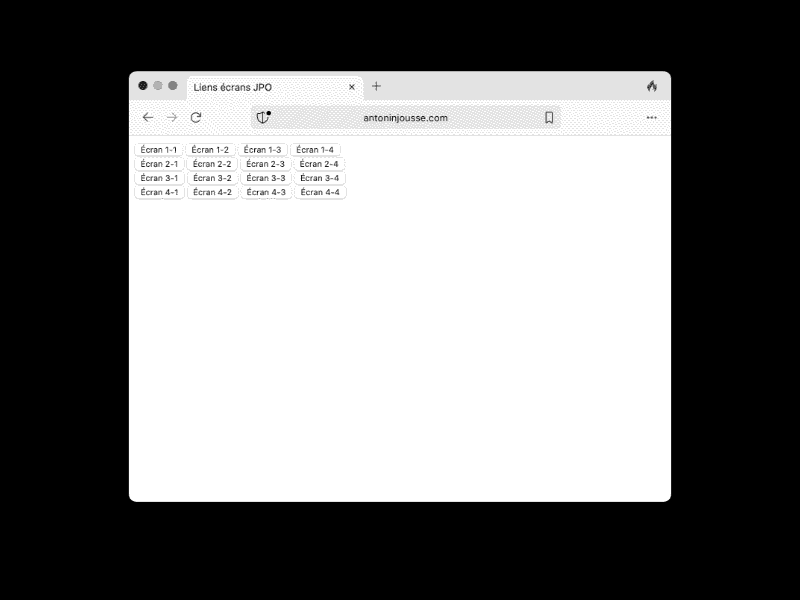Friday, January 31, 2025, it's 10 a.m., I'm in the hypermedia classroom of the Lorraine School of Art, and I find myself in a disturbing situation - which isn't happening to me for the first time.
I'd describe it this way: I have to copy and paste different files from fourteen computers in the same room as quickly as possible. I have a folder on my own computer containing all these files. The problem is therefore simple: I have to copy a selection of files to the required computer and repeat the operation fourteen times.
Easy, put the folder on a hard disk and move from machine to machine, copying only the files you want.
But... computers refuse my hard disk.
I go off on a tangent and copy everything to a USB flash drive, still easy.
Yes but ... the computers refuse my USB flash drive to; and so does the second spare key lying around in my backpack.
Without a second thought, I do an online transfer and retrieve the link from the machines. It works, but the file is too heavy and takes too long to download. The room's connection speed doesn't allow me to make fast chain copies. Above all, this option forces me to download all the files on all the machines, not just the files I need. Not a very optimal solution.
Back to the beginning, I've got a file that's too large on my computer and no way of copying it efficiently across the whole computer room.
That's when I think of Jonas Lund's 2019 exhibition Modern Solutions Requiere Modern Problems, in which he presents a series of panels in which data retrieved online is attached to his own person. In the project description, he states that he is working on this data and the digital solutionism it induces. He writes:
“Society has come to recognize that the current solutions presented by Silicon Valley startups often create more problems than solutions.”
I'm late, and I do feel bogged down in the issues. Copy limited by artificial standards not recognized from one machine to another, equally artificial slowdown of download speed for non-premium accounts. OSes don't talk to each other.
How do you get around these rules while using these machines?
It's in front of the error window that the solution appears to me; crystal clear, quick to set up and elegant - in my opinion.
I open my machine, launch a code program and develop a quick one-page website composed of a series of buttons, one for each computer, arranged in a line as in the computer room (see FIG. 01). Each button only allows you to download the necessary file to the computer indicated.
And that's it! All that remains is to open the website on each machine and click on the button corresponding to the one I'm on.
12 minutes to develop the website and assemble the files - a further 10 minutes to open everything on the computers.
This modern problem requires a DIY solution using old technologies.
Diverting the problem of virtual and artificial property via the web.

FIG 01. Screenshot of the website used to download files